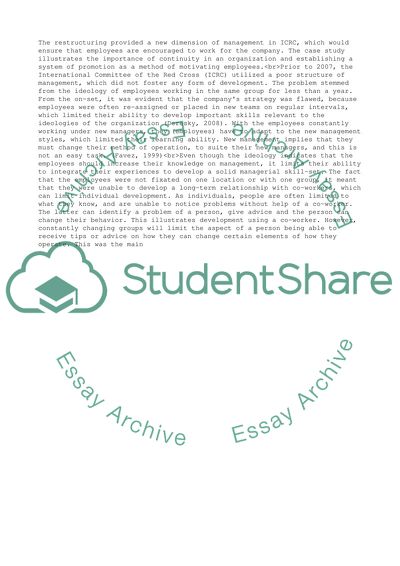Cite this document
(Case Analysis for The International Committee of the Red Cross: Essay, n.d.)
Case Analysis for The International Committee of the Red Cross: Essay. https://studentshare.org/management/1772124-case-analysis-for-the-international-committee-of-the-red-cross-managing-across-culturesby-sowon-kim-and-susan-and-schneider
Case Analysis for The International Committee of the Red Cross: Essay. https://studentshare.org/management/1772124-case-analysis-for-the-international-committee-of-the-red-cross-managing-across-culturesby-sowon-kim-and-susan-and-schneider
(Case Analysis for The International Committee of the Red Cross: Essay)
Case Analysis for The International Committee of the Red Cross: Essay. https://studentshare.org/management/1772124-case-analysis-for-the-international-committee-of-the-red-cross-managing-across-culturesby-sowon-kim-and-susan-and-schneider.
Case Analysis for The International Committee of the Red Cross: Essay. https://studentshare.org/management/1772124-case-analysis-for-the-international-committee-of-the-red-cross-managing-across-culturesby-sowon-kim-and-susan-and-schneider.
“Case Analysis for The International Committee of the Red Cross: Essay”. https://studentshare.org/management/1772124-case-analysis-for-the-international-committee-of-the-red-cross-managing-across-culturesby-sowon-kim-and-susan-and-schneider.


